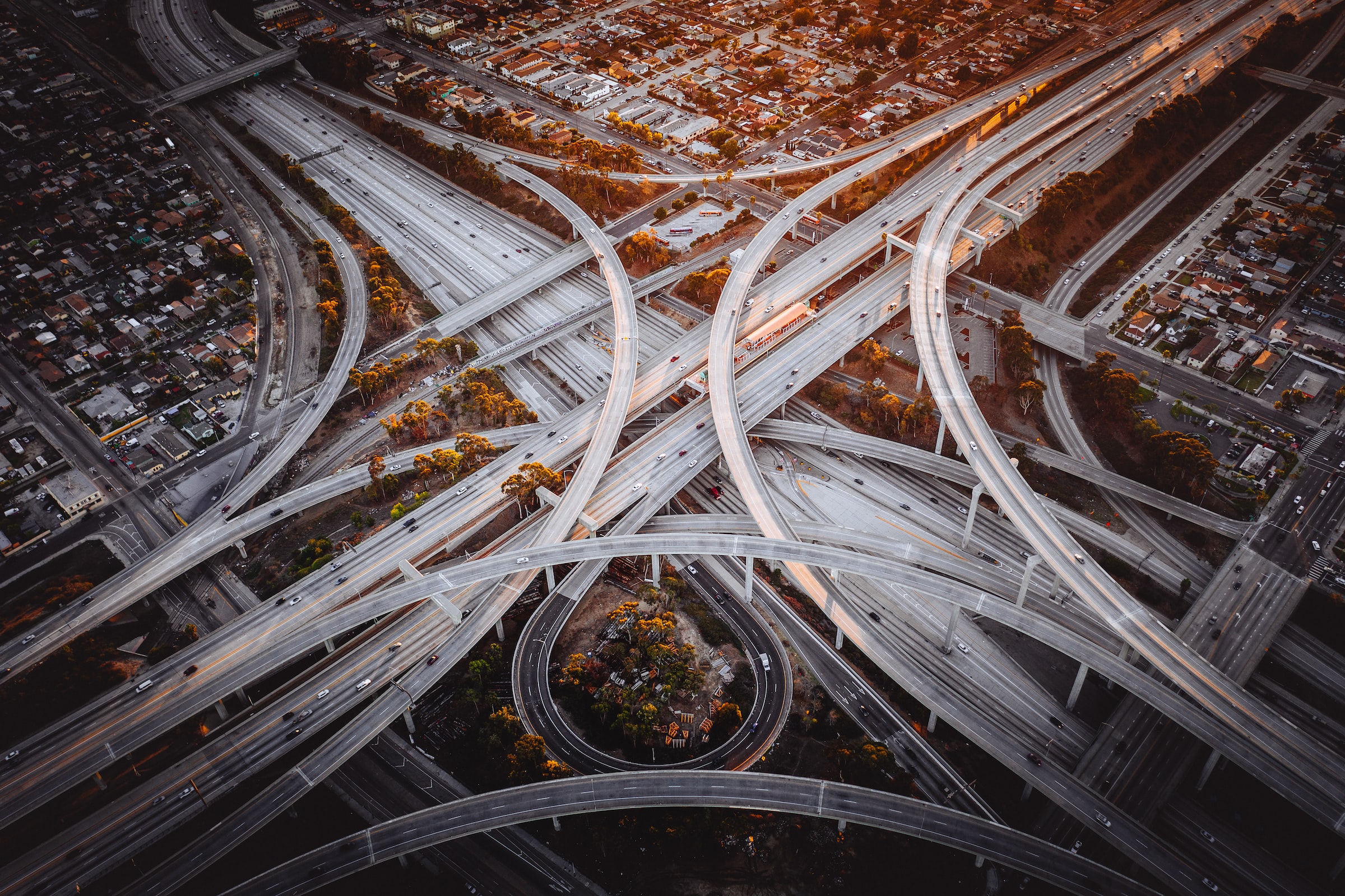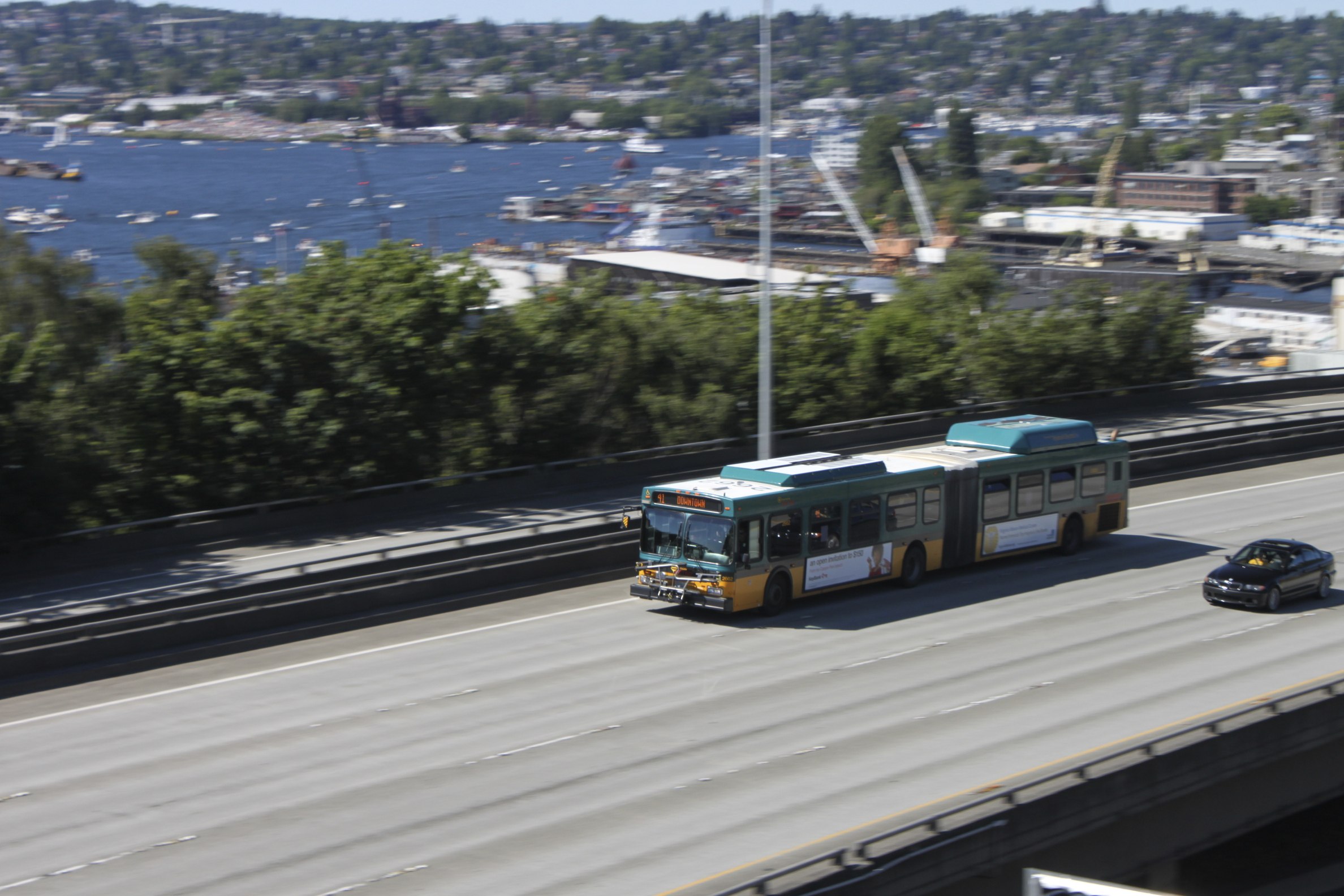
The many ways traffic noise is damaging your health
Too often we’ve treated traffic noise simply as an annoyance. A growing body of research tells us it's a whole lot worse than that.

Unwanted noise is annoying. I’m easily annoyed – and I’ll admit that generally speaking I have no right to demand not to be. But does this mean that people like me should just get over ourselves and accept that the high levels of environmental noise we have to contend with as part and parcel of an urban existence are simply an inevitable fact of life?
It does not. Because when it comes to noise, the thing causing the annoyance also happens to be a major public health issue.
The average background noise level in a U.S. city is around 60 “A-weighted decibels” (dB(A)),[1] though there’s substantial variation from city to city. A 2015 study in New York, for example, found an average street noise level of 73.4 dB(A), with levels reaching as high as 95 dB(A) in some places. Live within 50 feet of a highway and you’ll typically be exposed to between 70 and 80 dB(A), according to the Federal Highway Administration. For context, according to the World Health Organization and the U.S. Environmental Protection Agency, 70 dB(A) – roughly equivalent to standing next to a washing machine – is the maximum noise level you should be exposed to over the course of a normal day to prevent hearing loss over the long term. But even noise as low as 35 decibels is enough to cause other issues, like sleep disturbance and disruptions to concentration.
The harms caused by noise, however, go way beyond that.
Research has shown, for example, that sustained exposure to high levels of noise leads to mental health problems of various kinds: a 2016 study of people living close to Frankfurt Airport found that noise is “strongly associated” with depression and anxiety, for instance. Those who reported the highest levels of noise annoyance were more than twice as likely to experience those two conditions than those reporting the least. A 2020 meta-analysis of studies exploring the link between transportation noise and anxiety similarly found 9% higher odds of anxiety per 10 dB(A) increase in noise level, further noting that the more severe the anxiety, the more significant the association. A separate meta-analysis, published in 2019, found that the risk for depression increased by 15% per 10 dB for aircraft noise and 4% per 10 dB for road traffic noise.
Perhaps more surprising is the extent of the impacts of noise on our physical health, which has also been the subject of a great deal of recent research – in particular regarding the relationship between noise exposure and cardiometabolic and cardiovascular diseases. A report from European research consultancy CE Delft estimated that noise from rail and road traffic could be responsible for up to 50,000 heart attack deaths and 245,000 cases of ischemic heart disease every year across Europe. A 2013 UK study concluded that daytime noise levels of 55 dB(A) and above could account for an additional 542 cases of hypertension-related heart attacks, 788 instances of stroke (see below), and 1,169 cases of dementia in the United Kingdom.
A number of studies have likewise established a link between traffic noise exposure and ischemic heart disease. A 2015 meta-analysis of studies of ischemic heart disease and noise from aircraft and road traffic found a 6% increase in risk per 10 dB(A) increase in noise exposure. A similar meta-analysis, published the previous year, looking at 14 studies of the relationship between traffic noise exposure and coronary heart disease, arrived at an estimate of 8% per 10 dB(A) increase in noise exposure.
A 2012 meta-analysis by researchers in Germany and the Netherlands found a 3.4% higher probability of hypertension per 5 dB increase in road traffic noise – a finding corroborated by several other studies. The association between hypertension and aircraft noise specifically has been studied fairly extensively – notably in a large-scale piece of research entitled “Hypertension and Exposure to Noise near Airports (HYENA),” drawing on data from almost 5,000 participants, which concluded that a 10 dB(A) increase in nighttime aircraft noise is associated with 14% higher odds of prevalent hypertension.
Some of the most worrisome conclusions come from a number of major studies on the relationship between noise and stroke risk. A 2011 study from Denmark, for example, based on a cohort of more than 57,000 individuals, found a “strong association” between road traffic noise exposure and stroke among people over 64.5 years of age. The study revealed that sustained exposure to road traffic noise increased stroke risk by 14% per 10 dB increase in noise level.
Studies conducted in London – one on traffic noise, another on airport noise – have come to similar conclusions, and a 2019 study from Barcelona found that not only are people living in noisier areas at a 30% higher risk of stroke, but high levels of noise also increase the severity of those strokes, noting that patients from noisier areas presented more severe strokes on admission to hospital.
Together, these studies – and the mountain of other research on noise and human health – paint a picture that legislators cannot, and should not, ignore. As yet another way that our transportation system is harming people, noise pollution should be right up there with air pollution and climate emissions as a key priority of 21st century transportation policy.
Noise ordinances are one measure that can be put in place to mitigate these harms (although such ordinances are at best only moderately effective – first because they’re often not enforced in any meaningful way, and second because even when they are, the maximum permitted noise levels are often still way above the harm threshold). Noise cameras of the kind recently installed next to roadways in certain European cities could potentially be another – automatically slapping drivers of vehicles above a certain noise level with a ticket. It will be interesting to see the results of the European pilots, as well as those set to be rolled out in some U.S. cities in the near future.
But these kinds of things are really only band-aid solutions. Bringing the volume down once and for all means tackling the problem at source: that is, by ending the dominance of the internal combustion engine – whether through electrification, and/or simply reducing the numbers of cars on the roads and planes in the sky. And it’s not just transportation – take the leaf blower, for example: the scourge of suburbia, so much so that some cities have already implemented bans and others are on their way to doing so.
Too often we’ve treated noise as just an annoyance; an unavoidable feature of modern life that we just have to put up with. We now understand that it’s much worse than that. It’s time to act accordingly.
–
[1] Simply put, decibel (dB) is a unit of sound measurement that measures the straightforward loudness of a sound. However, the human ear does not hear all frequencies equally. dB(A) is a measurement of loudness weighted to take into account how the ear actually perceives sound. For an explanation of the physics involved, click here.
Topics
Authors
James Horrox
Policy Analyst, Frontier Group
James Horrox is a policy analyst at Frontier Group, based in Los Angeles. He holds a BA and PhD in politics and has taught at Manchester University, the University of Salford and the Open University in his native UK. He has worked as a freelance academic editor for more than a decade, and before joining Frontier Group in 2019 he spent two years as a prospect researcher in the Public Interest Network's LA office. His writing has been published in various media outlets, books, journals and reference works.
Find Out More

Highway Boondoggles

Less driving is possible

How much land will a renewable energy system use?

